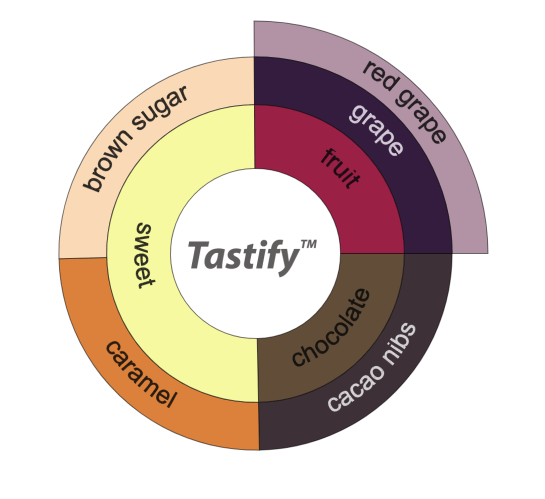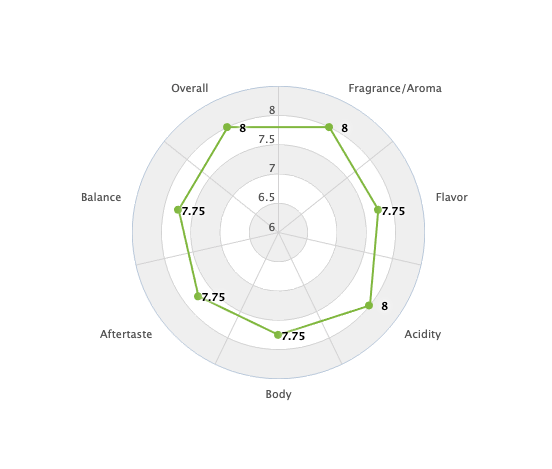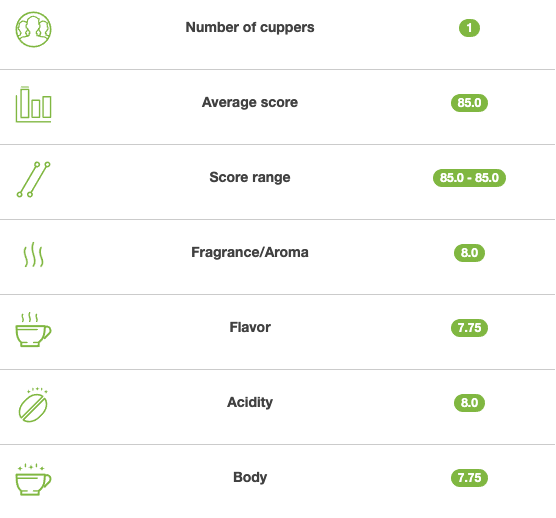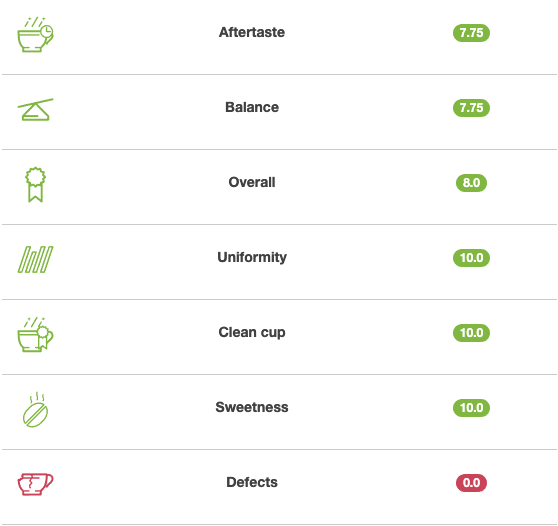By David Faergeman, Msc. Agricultural Development, University of Copenhagen
In early 2020 I had the pleasure of spending two months at the FairChain washing station in Limmu Kosa, Ethiopia. Working with the local staff there was an incredible experience for a young professional and something which I would greatly recommend to any student wishing to pursue a career in development. Alongside the work I did for FairChain, the purpose of my trip was to collect data for my thesis. I am earning a Master’s degree in Agricultural Development at the University of Copenhagen and since I am interested in coffee value chains, the opportunity to collaborate with FairChain was a dream come true. I am particularly concerned with the lives of the farmers who produce the foods we consume on a daily basis. I therefore set out to understand what an Ethiopian coffee farmer’s life consists of.
However, by the end of the two months of field work, I had only just begun to scratch the surface. Every day brought new learnings. While a smallholder farmer’s life might at first glance be perceived as simple and straightforward, the reality is quite different. The farmers are navigating a complex web of risks and constraints, such as climate change, volatile coffee prices and limited access to agricultural inputs. Every farming family is different. Some make considerable amounts of money producing coffee, while others can barely make ends meet. A few families can afford to hire a large number of seasonal workers at harvest time, whereas other families have to make do with family members.
But there is one overarching issue which is likely to change the livelihoods of millions of Ethiopian farmers. After spending months scouring through academic journals and databases, the single biggest problem I see is that of land scarcity. Land scarcity is the result of two main factors: limited plot size and a growing population.

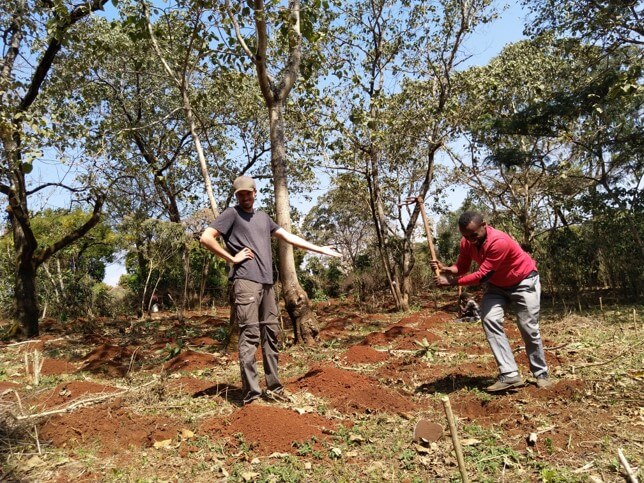
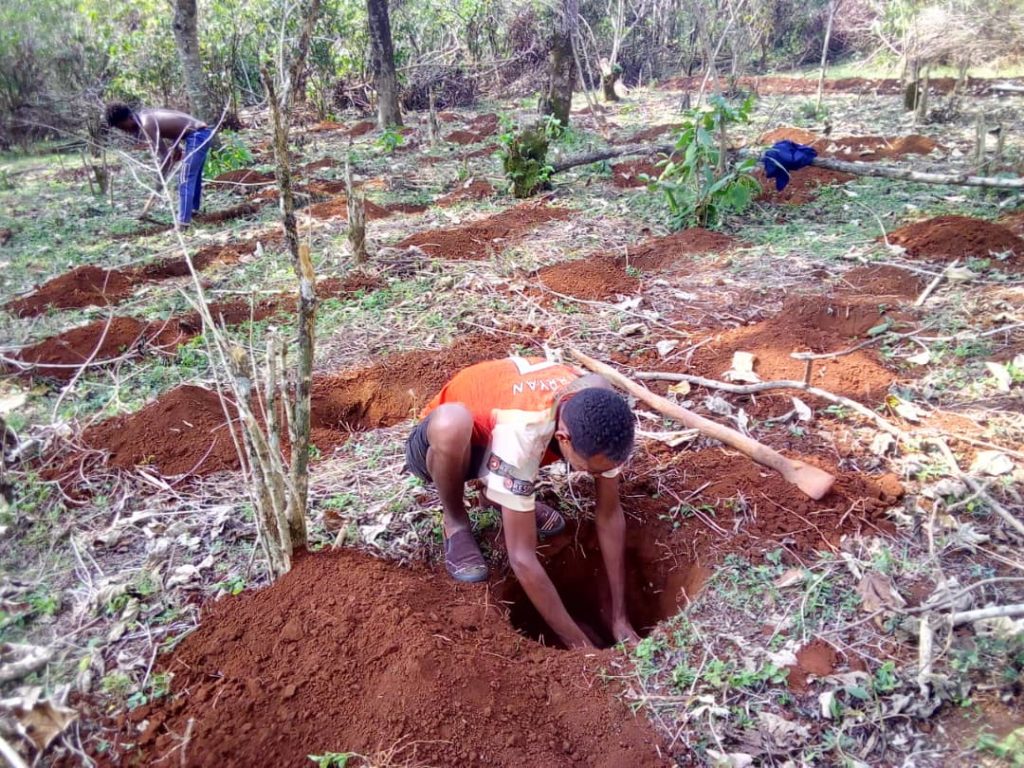
With regards to the first, the amount of arable land in Ethiopia is limited, and in many places decreasing. The average Ethiopian household farm is a mere 1.22 hectares. The possibilities to expand beyond this size are severely limited due to population density in Ethiopia. On top of that, only a fraction of the total available land is suitable for farming, either due to desertification, or a high prevalence of malaria and tsetse flies in the humid lowlands. Given that most farmers still rely on ox ploughs to till their land, these tropical pests make it virtually impossible to cultivate crops in these low-lying zones. Climate change – which primarily manifests itself in increasingly more erratic rainfall – and unsustainable farming practices, such as deforestation, are increasingly limiting the amount of arable land in the country.
The second reason, and arguably the most pressing, is population growth and its effect on available farmland. World Bank data shows that at the start of this millennium Ethiopia had 66 million people. In the past 20 years, this number has grown to 115 million – that’s a nearly 75% increase in just two decades! Ethiopia is now the second most populous country in Africa, but only the 10th largest by land area.
The government has long recognized the importance of controlling its population growth, especially in rural areas, and to this end has implemented several government family-planning policies. Between 2000 and 2018, fertility rate has decreased from 6.5 births to 4.2 per family, which indicates a clear downward trend.
But is this too little too late? The under-5 mortality rate—that is the number of children born alive but dying before reaching the age of 5—has during this same period dropped from about 1 in 7 to 1 in 18. A comparative under-5 mortality rate in, for example, the Netherlands is 1 in 256.
While this is an astonishing achievement, it threatens to leave future generations of rural Ethiopians with little to no access to their single most important asset: land. More children result in even smaller farming parcels still, some under half a hectare. Legally speaking, this is not even considered a separate farm unit. The 2005 Land Use Law stipulates that if “land is transferred by succession, it shall be made in such a way that the size of the land to be transferred is not less than the minimum size holding” (FDRE, 2005, Section 11-2). The minimum size holdings for annual cropping systems (e.g. maize and teff) are 0.5 hectares and for perennial crops, such as coffee trees, 0.25 hectares. More importantly, farm holdings of these sizes are simply too small to support a family. Thousands of farmers are already having trouble achieving food security, especially at the end of the rain season, which lasts from June through August. Smaller farms will only make matters worse.


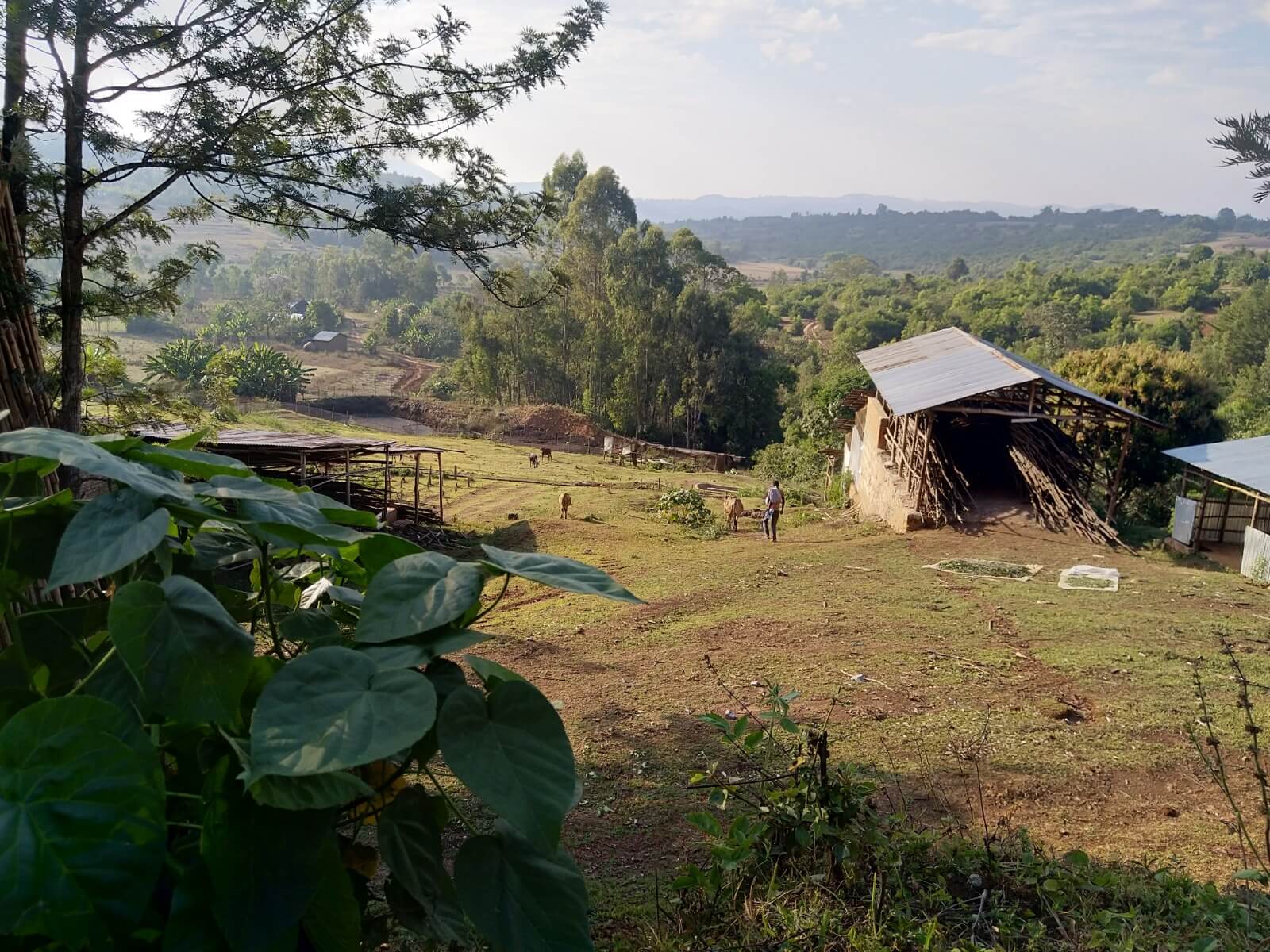
What does all this mean for the farmers? At a macro level, I believe Ethiopia is likely to undergo the same transformations countless other countries have undergone in recent years. Limited access to land will increase urbanization and shift employment from the primary sector to the secondary and tertiary sectors. The Ethiopian government sees light manufacturing, such as textile and apparel manufacturing, as crucial to the economic sector. In this, the country is looking to emulate the successes of East Asian countries, such as China, South Korea and Vietnam, where light manufacturing has, at times, constituted their main economic driving forces.
For this to happen, Ethiopia will need to invest heavily in education and training. Schooling is currently free in Ethiopia, but the families still have to pay for supplies such as textbooks and uniforms, which many struggle to do. During my own research, when asked if they wanted their children to follow in their footsteps and become farmers themselves, the vast majority said no. Farmers simply do not see a future for their children in agriculture. Whether the Ethiopian government will be successful in facilitating this transition will be interesting to follow.
On a micro level, the farmers will have to seek complementary livelihood strategies that will preferably be less dependent on land. Options include raising livestock (which can be done on communal lands), non-farm work (such as handicrafts or opening a shop) and labor migration. Focusing on high-value cash crops, such as coffee and khat, is also a way to maximize value per hectare. The yield gap – that is, the difference between the maximum and actual yield of their farmland – is alarmingly high in Sub-Saharan Africa. Trainings in better practices as well as access to quality inputs, such as high-quality agricultural tools, fertilizers and improved coffee tree seedlings, can possibly minimize this gap and help farmers make the most of their limited land plots. Through its Roadmap to a Living Income, FairChain acknowledges the inherent complexities in the farmers’ lives and thus approaches the challenge of bringing them to a living income with a multi-faceted and holistic approach. FairChain provides trainings and inputs (such as discounted coffee tree seedlings) as well as pays above-market prices for their coffee beans.
In the meantime, the question I am most often asked is: What can consumers do about all this? The answer: help farmers make the most of their limited produce! Pay a price for their coffee that enables them to put food on their tables, educate their children and cultivate crops in a sustainable manner. Engage with the farmers, such as through FairChain and Moyee’s upcoming blockchain-powered microloan project. And above all, acknowledge the true cost of producing the everyday goods we all take for granted.
